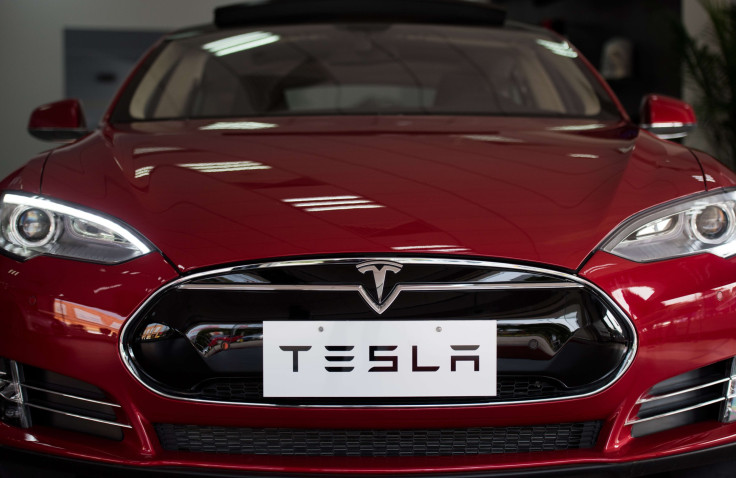Tesla (TSLA) Model S Crash: Company Faults Car's Automatic Braking System

Tesla Motors Inc. told members of the Senate Commerce Committee Thursday that a problem with the automatic braking system of its Model S car — which is "separate and distinct" from the Autopilot — may have been responsible for its recent fatal crash.
Joshua Brown, 40, was killed in May when his Model S, driving on autopilot, crashed into a truck. The incident, which marked the first fatality involving a self-driving car, triggered concerns over the safety of Tesla's crash-avoidance and autopilot systems, and is now being investigated by the National Highway Transportation Safety Administration.
According to an unnamed source cited by Reuters, Tesla officials told committee members that braking failure is not the same as a malfunction in its autopilot system, which manages steering, changing lanes, adaptive cruise control and several other features meant to prevent accidents. However, the exact distinction between the two systems was not made clear.
"Those systems are supposed to work together to prevent an accident," Karl Brauer, a senior analyst at the auto research firm Kelley Blue Book, told the New York Times. “But either the car didn’t know it had to stop, or it did know and wasn’t able to stop. That involves Autopilot and the automatic braking."
The information presented at the meeting will do little to dispel enduring concerns about Tesla's Autopilot — a feature that the company has hailed as "better than human."
"Autopilot is a key component of the image Tesla wants to project," Brauer told the Times. "They’ve made a big deal about it. So they don’t want to be in the position of saying that there’s something wrong with something that’s part of the whole company’s image."
According to Reuters, Tesla officials are still trying to determine whether the car’s radar and camera input for the emergency braking system failed to detect the truck, or whether it detected but misidentified it as an overpass, road sign or a bridge — structures it is built to "tune out."
"What we know is that the vehicle was on a divided highway with Autopilot engaged when a tractor trailer drove across the highway perpendicular to the Model S. Neither Autopilot nor the driver noticed the white side of the tractor trailer against a brightly lit sky, so the brake was not applied," Tesla wrote in a June 30 blog post. "Had the Model S impacted the front or rear of the trailer, even at high speed, its advanced crash safety system would likely have prevented serious injury as it has in numerous other similar incidents."
© Copyright IBTimes 2024. All rights reserved.






















